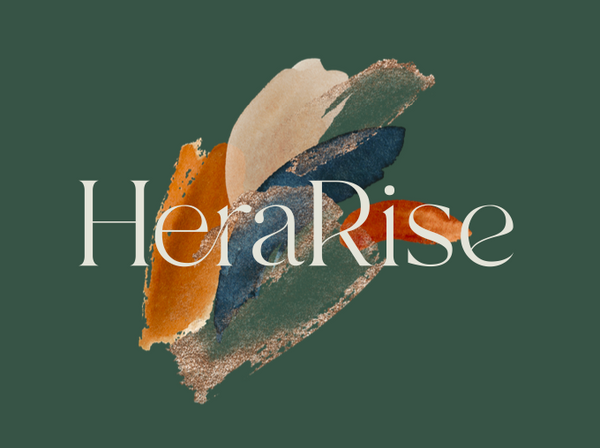What Phytoestrogens Actually Do
By HeraRise Co-Founder & Nutritionist, Emma Ellice Flint
Understanding what phytoestrogens actually do can make a real difference to how we approach eating for midlife health. These plant compounds are often described as “natural oestrogens”, but that’s not quite accurate. In reality, they work in a far more nuanced way — helping your body use oestrogen more effectively rather than simply adding more. This gentle, adaptive action is one reason why phytoestrogen-rich foods can be a helpful part of nutrition during perimenopause and post-menopause.

Image of Phytoestrogen-rich foods: Tofu, Alfalfa & Red Clover Sprouts, Sesame Seeds, Flax Seeds. Plus fibre rich Chia Seeds.
Phytoestrogens are plant-derived polyphenolic compounds — mainly isoflavones, lignans, and coumestans.
Structurally, they resemble human oestrogen (specifically 17β-estradiol), which means they can bind to oestrogen receptors, but their effect is much weaker.
Rather than “acting like” oestrogen, phytoestrogens tend to modulate oestrogenic activity in the body, depending on what’s already happening internally.
How this modulation works
There are two main oestrogen receptors in the body:
• ER-α, found in reproductive tissues, breast, liver, and related organs.
• ER-β, found in bone, brain, blood vessels, muscle, gut, and many other tissues.
Phytoestrogens have a stronger affinity for ER-β, which is generally associated with protective, anti-proliferative effects — supporting bone, brain, and vascular health.
Their actions depend on the hormonal environment:
• When oestrogen is low (as in post-menopause), phytoestrogens can gently stimulate receptors, providing mild support.
• When oestrogen is high (during reproductive years), they can compete for receptor sites, slightly reducing overall oestrogenic stimulation.
Because of this dual behaviour, phytoestrogens are often described as SERMs — Selective Estrogen Receptor Modulators — natural compounds that help balance extremes rather than pushing hormones one way.

Image of Marinated Tofu.
Beyond oestrogen receptors
Phytoestrogens also have wider biological effects. They:
• Support gut microbial diversity, influencing oestrogen recycling through the estrobolome (the gut bacteria that metabolise oestrogens).
• Act as antioxidants and anti-inflammatory agents, protecting tissues and blood vessels.
• Support bone metabolism, modestly influencing osteoblast activity — the bone-building cells.
In simple terms
Instead of “mimicking” oestrogen, think of phytoestrogens as:
Smart plant compounds that adapt — providing gentle support when oestrogen is low, and helping regulate when it’s high.
That’s why we say they help your body use oestrogen more effectively, rather than “adding” it.
References
Viscardi et al., Nutrients (2025)
Patra et al., Front Pharmacol (2023)
Canivenc-Lavier et al., Nutrients (2023)
Nestor et al., Menopause (2024)

